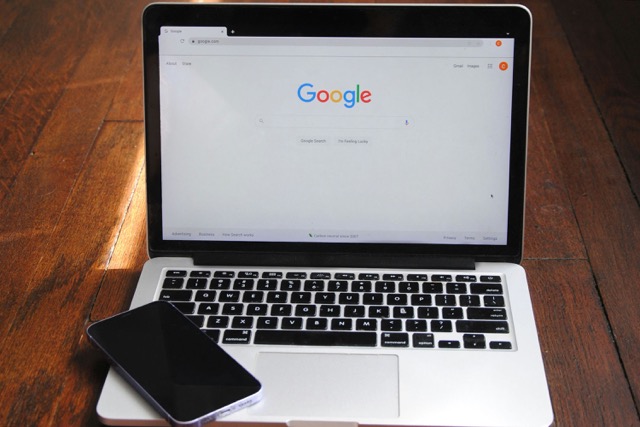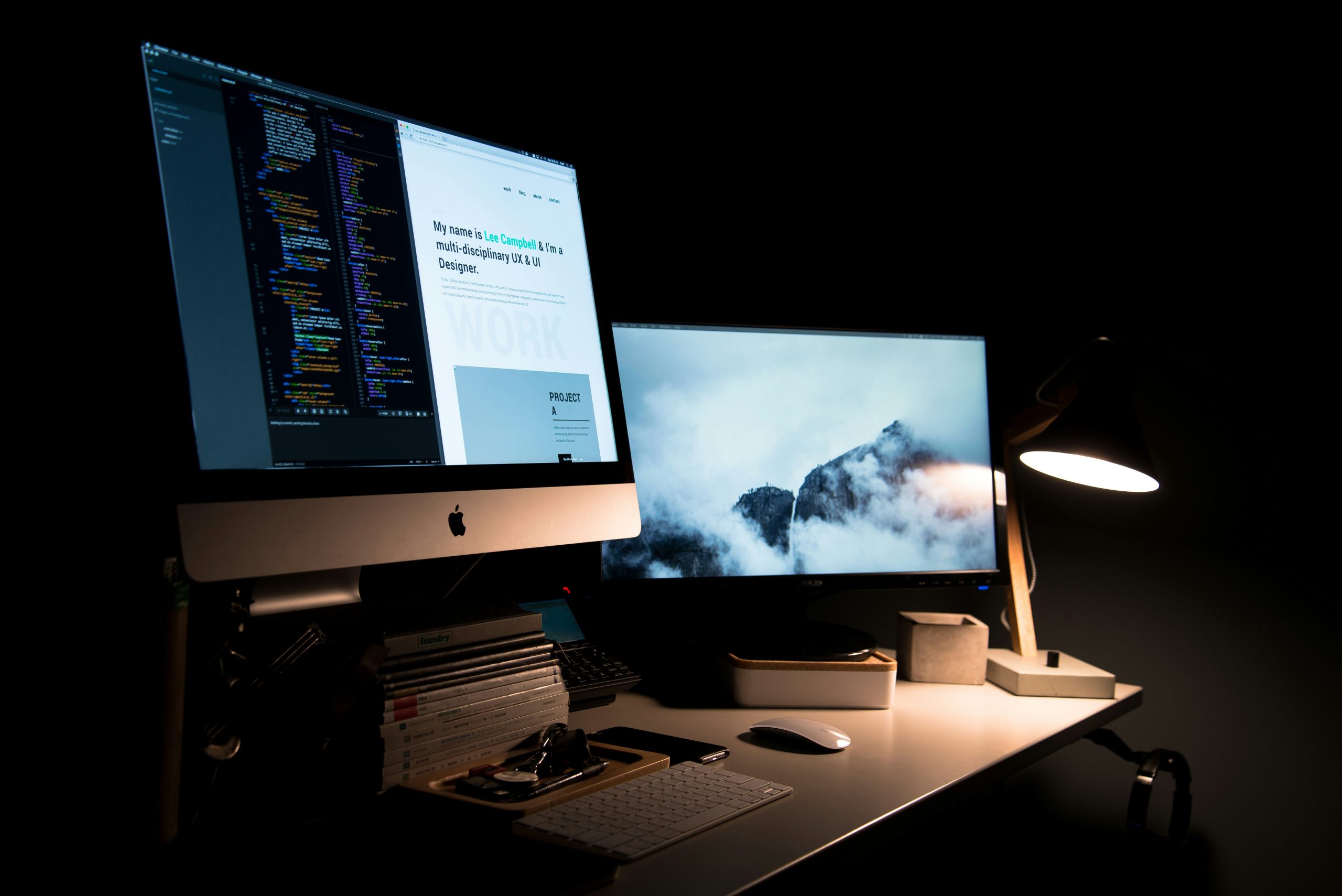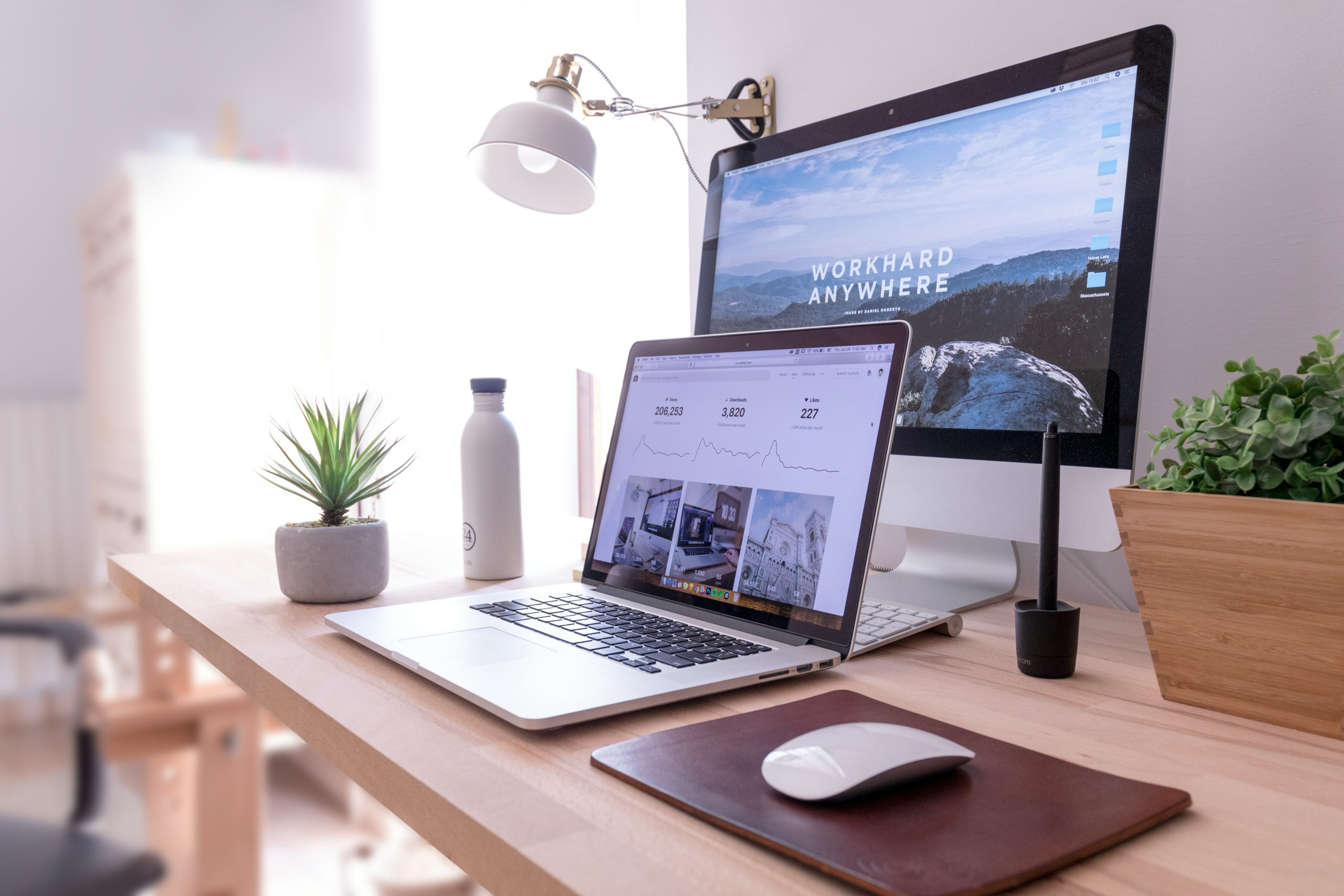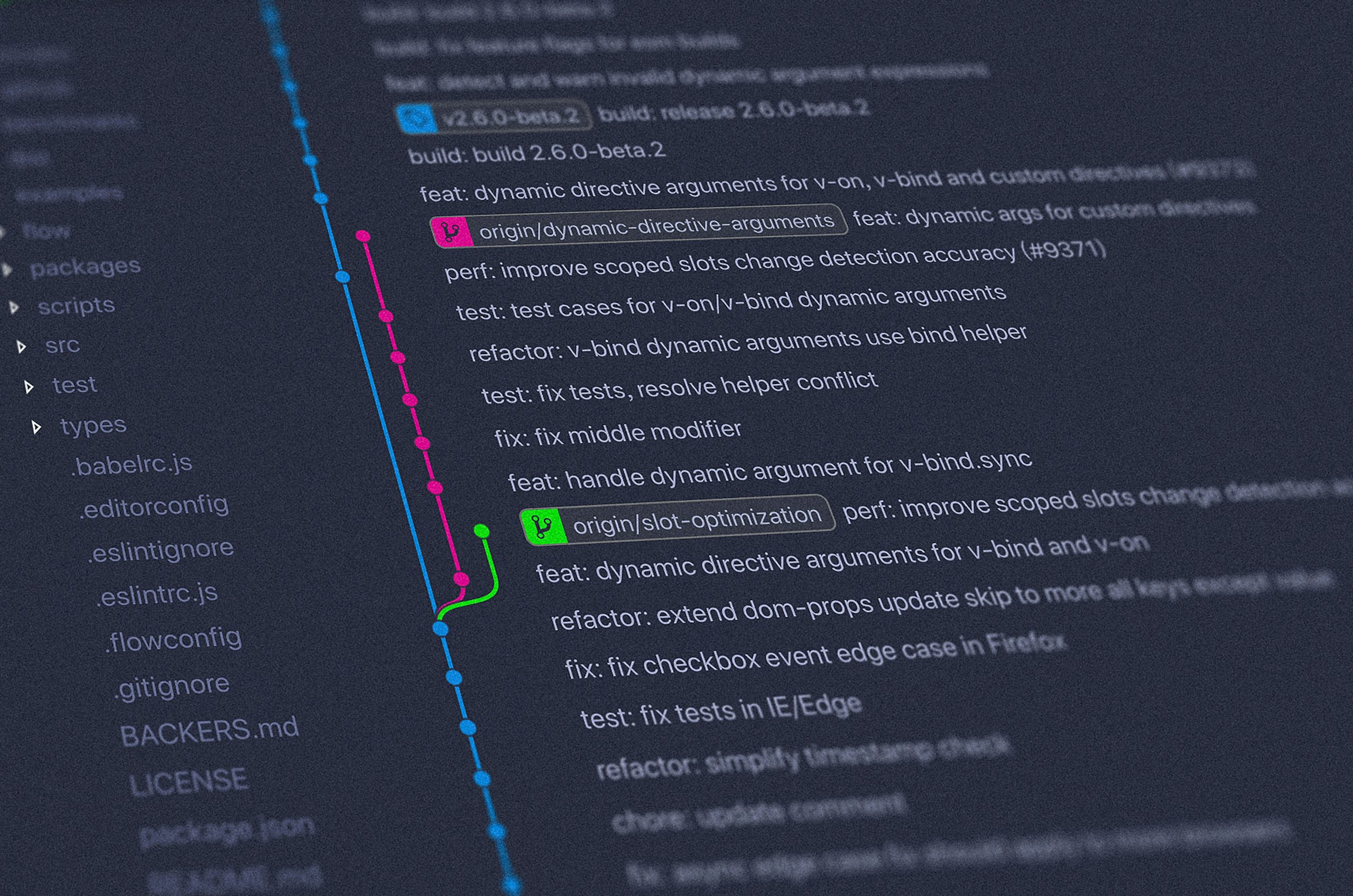What Is an SEO Index Photo Gallery?
An SEO index photo gallery is a collection of images on a website that is optimized for search engines to crawl, understand, and rank effectively. This process involves implementing specific strategies to ensure that the photo gallery appears in relevant search results, driving organic traffic and improving user engagement.
Search engines rely on metadata, image file names, and the website’s overall structure to index photo galleries. Proper indexing means that the gallery is discoverable, its content is contextually understood, and it aligns with search intent. Without optimization, photo galleries may remain invisible to search engines, missing opportunities for visibility in image searches.
Optimizing an SEO index photo gallery starts with ensuring each image is appropriately tagged, compressed for fast loading, and accompanied by descriptive alt text. Structured data, such as schema markup, can further enhance the indexing process by providing search engines with detailed information about the images and their context.
For example, a travel blog showcasing a photo gallery of scenic destinations can include geo-tags, descriptive file names, and alt text to target users searching for travel-related content. Including the gallery in the XML sitemap ensures search engines prioritize it during crawling.
By focusing on creating an SEO-friendly photo gallery, web developers and site owners can improve both search visibility and user experience, positioning their content to stand out in competitive digital spaces. For more on image SEO, Google’s Image Best Practices provides a comprehensive guide.
Why Is SEO Important for Photo Galleries?
Optimizing an SEO index photo gallery is essential for maximizing the visibility, usability, and performance of your website. Photo galleries often contain high-quality visuals that attract users, but without proper SEO practices, these images can go unnoticed by search engines, limiting their potential to drive traffic.
One major benefit of SEO for photo galleries is enhanced discoverability. When images are correctly indexed, they can appear in Google Images or search engine results pages (SERPs), bringing in users searching for visually focused content. This is particularly valuable for industries like photography, travel, or e-commerce, where visuals often drive engagement and sales.
Additionally, SEO ensures your photo gallery doesn’t hinder site performance. Unoptimized images can lead to slow loading times, which negatively impacts user experience and search rankings. By compressing images and implementing lazy loading, you ensure a balance between visual appeal and technical efficiency.
SEO also improves accessibility. Alt text and image descriptions help visually impaired users understand your content while providing valuable context for search engines. These elements are crucial for creating an inclusive and user-friendly website while enhancing search engine rankings.
Lastly, integrating SEO into your photo gallery supports a cohesive digital strategy. A properly indexed gallery works seamlessly with your broader content, such as blog posts or product pages, boosting the overall authority of your website. For additional insights on optimizing images, check out Google’s Image Publishing Guidelines.
Key Factors to Optimize Your Photo Gallery for SEO
An SEO index photo gallery requires a combination of technical and content-based strategies to ensure it performs well in search engine rankings. Below are the key factors to focus on when optimizing your photo gallery for SEO.
1. Use Descriptive and Keyword-Rich File Names
Rename your image files to reflect their content and purpose. Instead of default names like IMG001.jpg, use clear, SEO-friendly names like seo-index-photo-gallery.jpg. This helps search engines understand the relevance of your images to user queries.
2. Write Alt Text for Each Image
Alt text is a short, descriptive text assigned to an image, providing context to search engines and improving accessibility for visually impaired users. For instance, use phrases like, “A responsive SEO index photo gallery showcasing modern architecture.”
3. Optimize Image Sizes for Faster Loading
Compress images using tools like TinyPNG or ImageOptim to reduce file sizes without sacrificing quality. Faster-loading pages improve user experience and align with search engine preferences for speed.
4. Implement Responsive Design
Ensure your photo gallery displays seamlessly across devices. Mobile-friendly galleries rank higher as search engines prioritize mobile-first indexing.
5. Include the Gallery in Your XML Sitemap
An XML sitemap informs search engines about the structure of your website, including image URLs. By listing your photo gallery, you ensure all images are discoverable and prioritized for indexing. Use tools like XML-Sitemaps to create or update your sitemap.
6. Use Structured Data
Schema markup provides additional context about your photo gallery, helping search engines understand and display it in rich search results. Use the ImageObject schema to describe your gallery’s content.
7. Enable Lazy Loading
Lazy loading delays the loading of images until they are in the user’s viewport, improving page speed and overall performance. This technique is especially helpful for large galleries.
8. Test and Monitor Indexing
Regularly test your gallery’s visibility using tools like Google Search Console. Inspect URLs to confirm that all images are indexed correctly and address any errors promptly.
By focusing on these key factors, your SEO index photo gallery will be well-optimized for both search engines and users, driving more traffic and improving site performance. For further tips, explore Moz’s Guide to Image SEO.
Common Mistakes to Avoid in Photo Gallery SEO
When optimizing an SEO index photo gallery, avoiding common pitfalls is crucial to achieving the best results. These mistakes can hinder your site’s performance and prevent your gallery from being properly indexed by search engines.
1. Using Generic Image File Names
Uploading images with default names like IMG123.jpg fails to provide search engines with meaningful context. Always rename files with descriptive, keyword-focused names that reflect the image content.
2. Neglecting Alt Text
Skipping alt text leaves search engines and users with limited understanding of your images. This not only impacts SEO but also reduces accessibility for visually impaired users. Each image should have clear, concise alt text.
3. Ignoring Image Compression
Uploading large, uncompressed images slows down your site’s load time, negatively affecting both user experience and SEO rankings. Use tools like TinyPNG or ImageOptim to reduce file size without sacrificing quality.
4. Blocking Images in Robots.txt
Restricting image files in your robots.txt file prevents search engines from crawling and indexing them. Ensure your gallery is accessible by checking your site’s robots directives.
5. Forgetting Mobile Optimization
Photo galleries that don’t adapt well to smaller screens can frustrate mobile users and hurt your rankings. Ensure your gallery is responsive and optimized for all devices.
6. Omitting the Gallery from Your XML Sitemap
Failing to include your photo gallery in the XML sitemap reduces its discoverability. Add your gallery’s URLs to the sitemap to help search engines locate and prioritize your images.
7. Overlooking Structured Data
Not applying schema markup means your images miss out on the opportunity to appear in enhanced search results. Use structured data like ImageObject to provide search engines with detailed information about your gallery.
8. Overloading Pages with Too Many Images
Including excessive images on a single page without lazy loading can overwhelm users and slow down page performance. Use lazy loading to balance visual appeal with efficiency.
9. Using Duplicate Content Across Alt Text and Titles
Repeating identical descriptions across multiple images reduces their uniqueness and diminishes SEO value. Craft tailored alt text and titles for each image to maximize their impact.
By steering clear of these mistakes, your SEO index photo gallery can achieve better visibility, user engagement, and search engine performance. For a detailed guide on avoiding SEO errors, visit Ahrefs’ SEO Mistakes Guide.
Advanced Tips to Enhance Photo Gallery SEO
To take your SEO index photo gallery to the next level, consider implementing advanced techniques that go beyond basic optimization. These strategies will improve visibility, engagement, and technical performance for both users and search engines.
1. Implement Lazy Loading for Better Performance
Lazy loading ensures images load only when they come into a user’s view. This reduces initial page load times, improving user experience and boosting SEO rankings. Modern frameworks like WordPress and HTML5 support lazy loading out of the box or with plugins.
2. Use Image Content Delivery Networks (CDNs)
CDNs distribute your image files across global servers, ensuring faster delivery to users regardless of their location. Tools like Cloudflare or AWS CloudFront can optimize loading times and reduce server strain.
3. Add Geotags for Local SEO
For location-based content, embed geotags in your images’ metadata to signal geographic relevance to search engines. This is particularly useful for travel, events, or local business photo galleries.
4. Apply Advanced Structured Data
Leverage schema markup to enrich your photo gallery’s search engine understanding. Beyond ImageObject, explore CreativeWork or Product schemas to provide additional context about your content. Use Google’s Structured Data Testing Tool to verify implementation.
5. Create Dynamic Galleries with Interactive Features
Interactive galleries, such as those that allow zooming or filtering by category, improve user engagement and time-on-page. Use lightweight JavaScript frameworks to enhance functionality without compromising speed.
6. Optimize for Voice Search
With the rise of voice assistants, optimize your photo gallery for conversational queries by using natural language in image descriptions, captions, and metadata.
7. Monitor Image Performance Using Analytics
Use tools like Google Analytics and Search Console to track the performance of your photo gallery. Analyze metrics like impressions, clicks, and search queries to refine your optimization strategy.
8. Leverage Social Media Sharing Integration
Add social sharing buttons to your photo gallery. When users share your images on platforms like Pinterest or Instagram, it creates valuable backlinks and boosts traffic.
By applying these advanced tips, your SEO index photo gallery will stand out in search rankings, attract more organic traffic, and deliver an exceptional user experience. For more innovative strategies, refer to HubSpot’s Advanced SEO Techniques.




